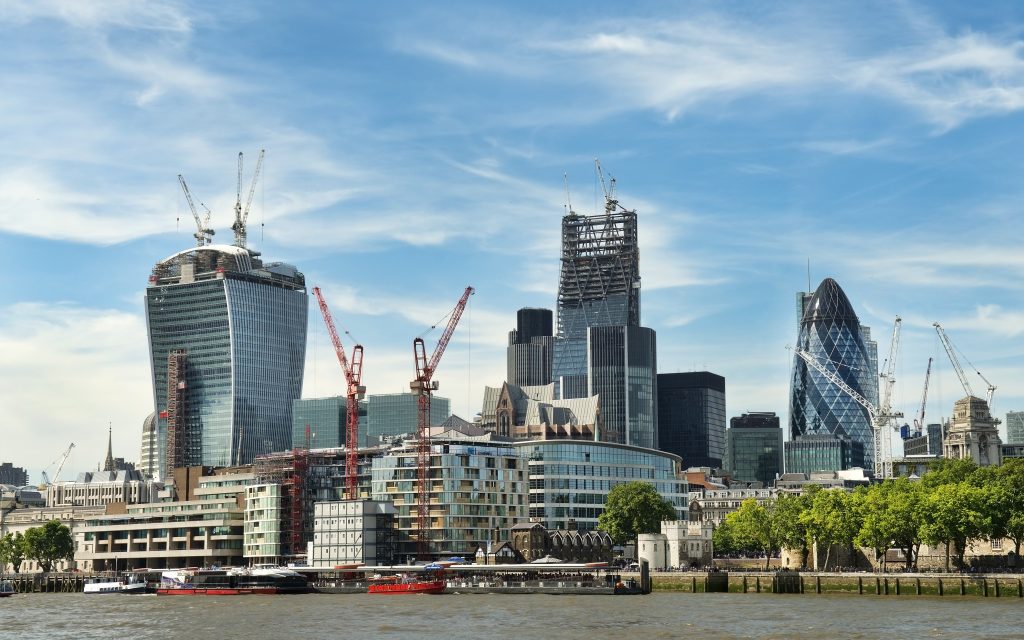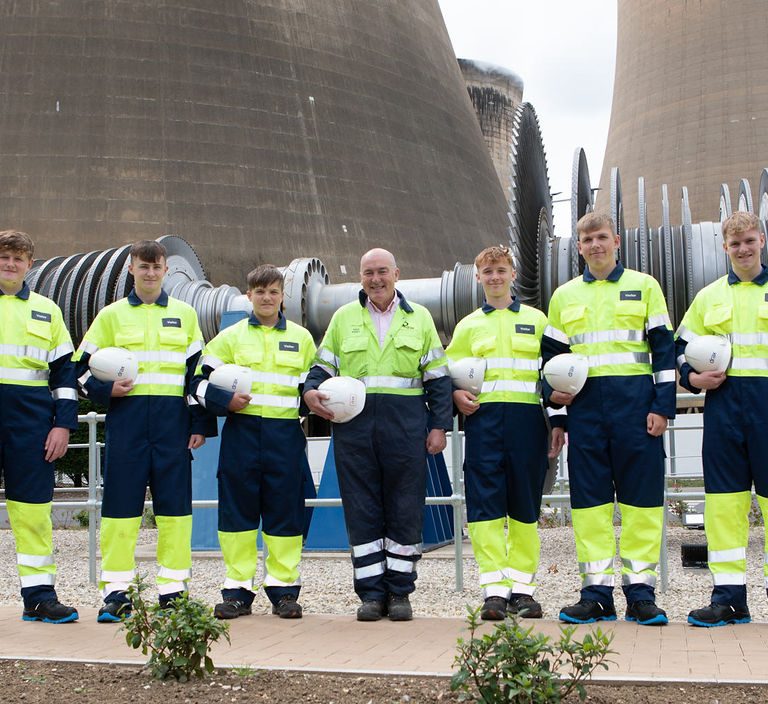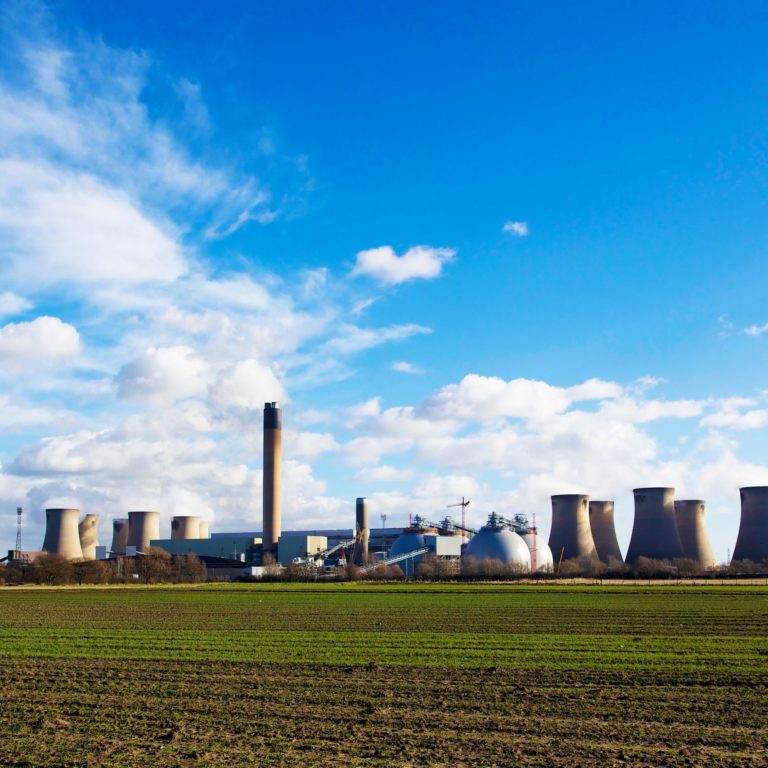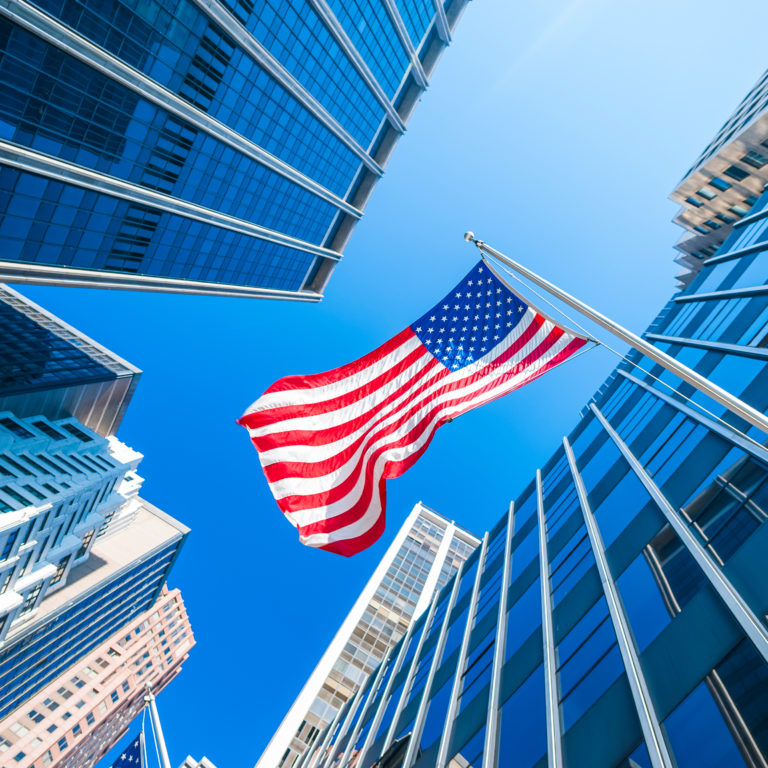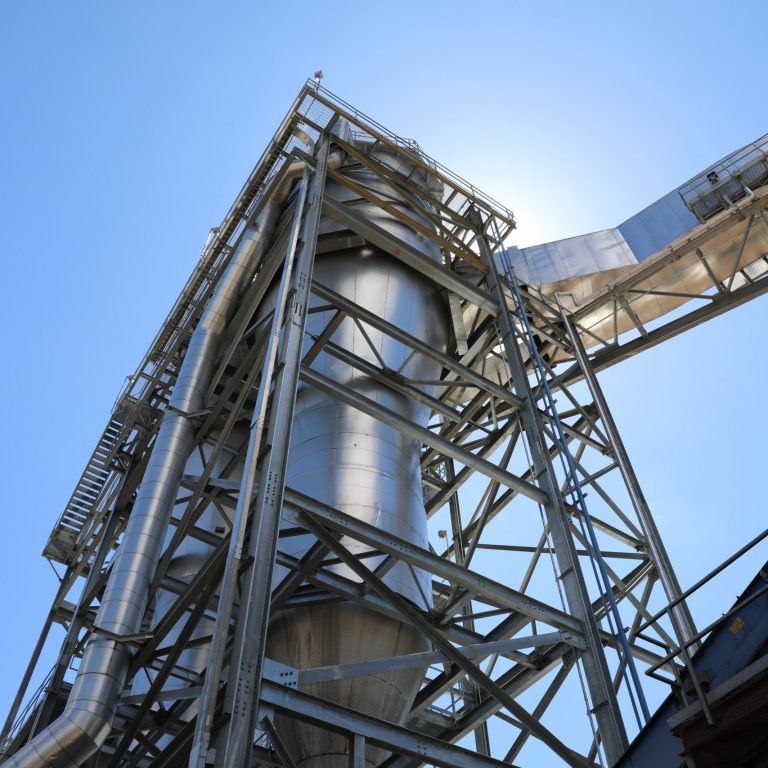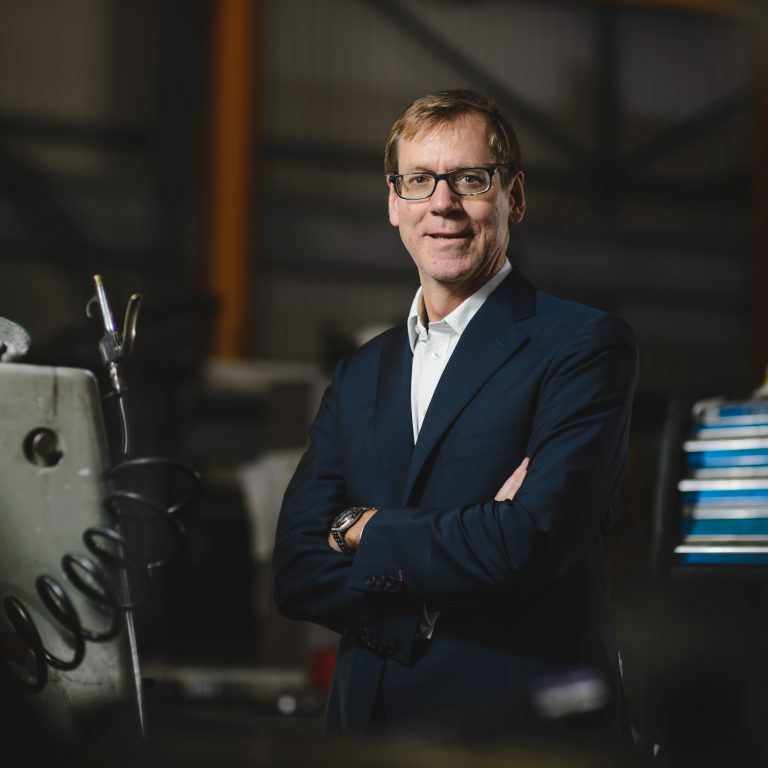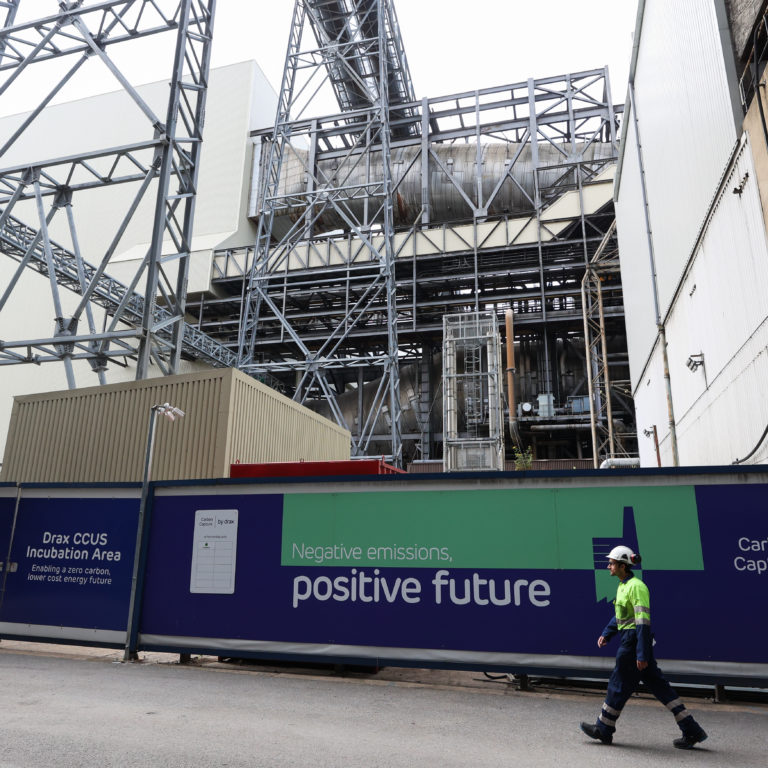London’s historic relationship with its power system is clear to see in its skyline. Old decommissioned power stations, a reminder of the city’s industrial heritage, have been repurposed to house art or corporate headquarters, connecting the city’s past to its present.
But these historical buildings aren’t the only physical connection to how the city is powered. In fact, much of modern London is built using a by-product from electricity generation.
Although Drax Power Station now generates more than half its electricity using sustainable biomass, a proportion comes from coal, of which ash is a by-product. But rather than discarding this ash to landfill, Drax sells it to companies who turn it into something useful: Lytag.
Lytag is made from transforming the ash into small round pellets and then heating them to 1,100°C, creating very hard spheres of lightweight aggregate. These can be used to create high strength concrete, as well as used in filter systems, roof tiles, and sports surfaces.
Here are some of the most iconic buildings in London made using Lytag.
The Gherkin
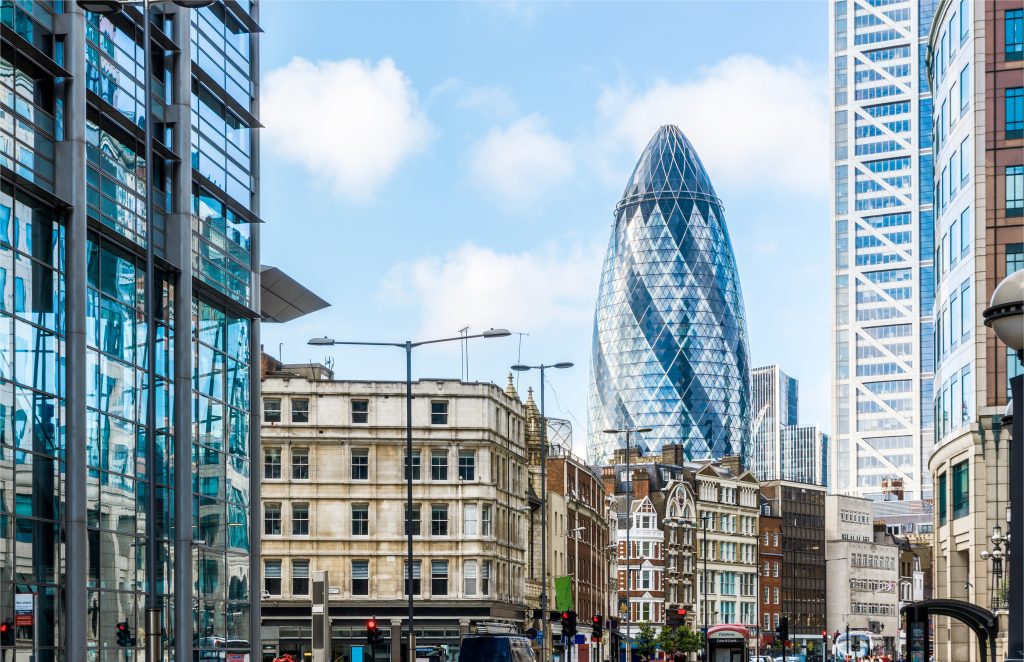
The building at 30 St Mary Axe, also known as the Gherkin, is a notable feature of the capital’s skyline. But more than being a unique landmark, when constructed it was dubbed London’s ‘first ecological tall building’. It uses wind for heating and cooling, which means it uses nearly 50% less energy than comparable office buildings, and was constructed using recycled and recyclable materials where possible, including Lytag.
London City Hall
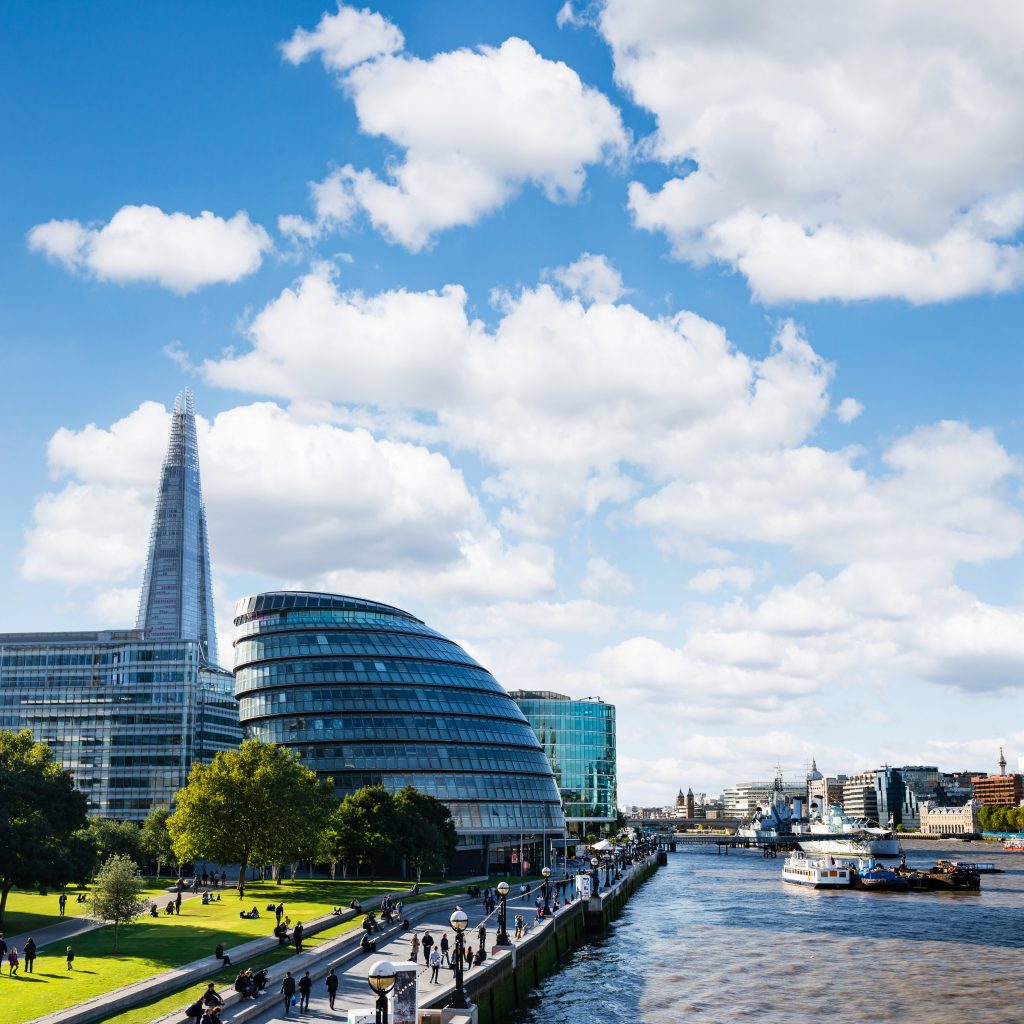
Like the Gherkin, London’s City Hall is not only a visually unique building but an energy-efficient one, too. Solar panels across its façade generate renewable electricity, while smart meters and sensors ensure the power it does use is carefully optimised – it even recycles heat generated by its computers and lights. In construction, Lytag was used in the flooring, helping the building’s overall sustainability credentials.
Heron Tower
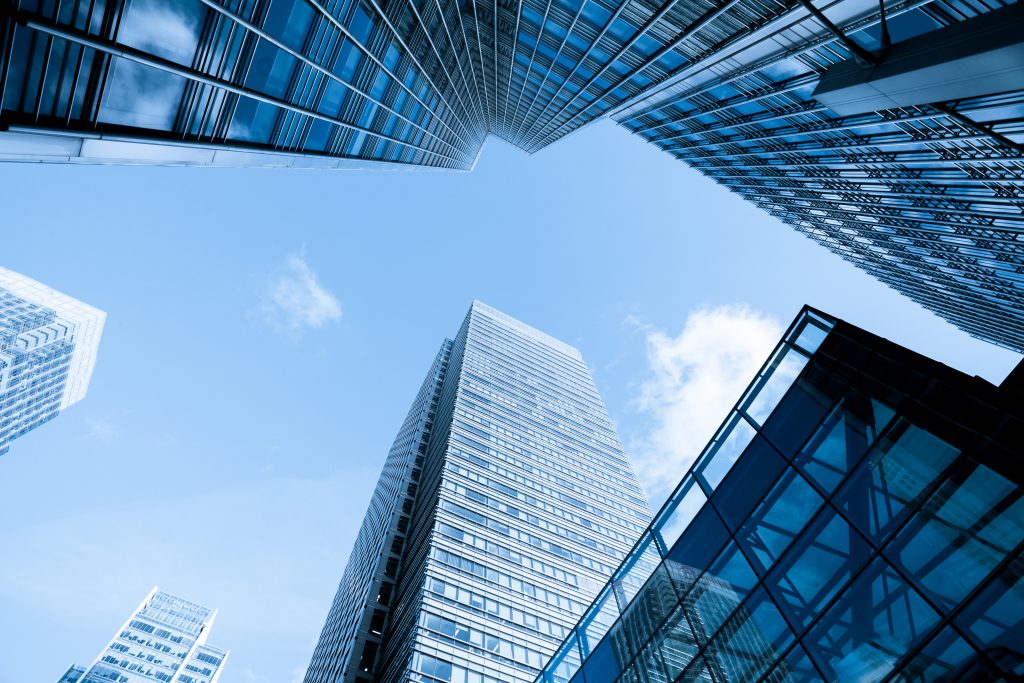
Lightweight Lytag aggregate formed part of the concrete used to construct the Heron Tower, which helped reduce structural loading. This City of London skyscraper was awarded an ‘Excellent’ rating from BREEAM, the world’s leading sustainability assessors. The rating owes much to the south side of the building, which is studded with an incredible 48,000 photovoltaic arrays.
St Pancras Station
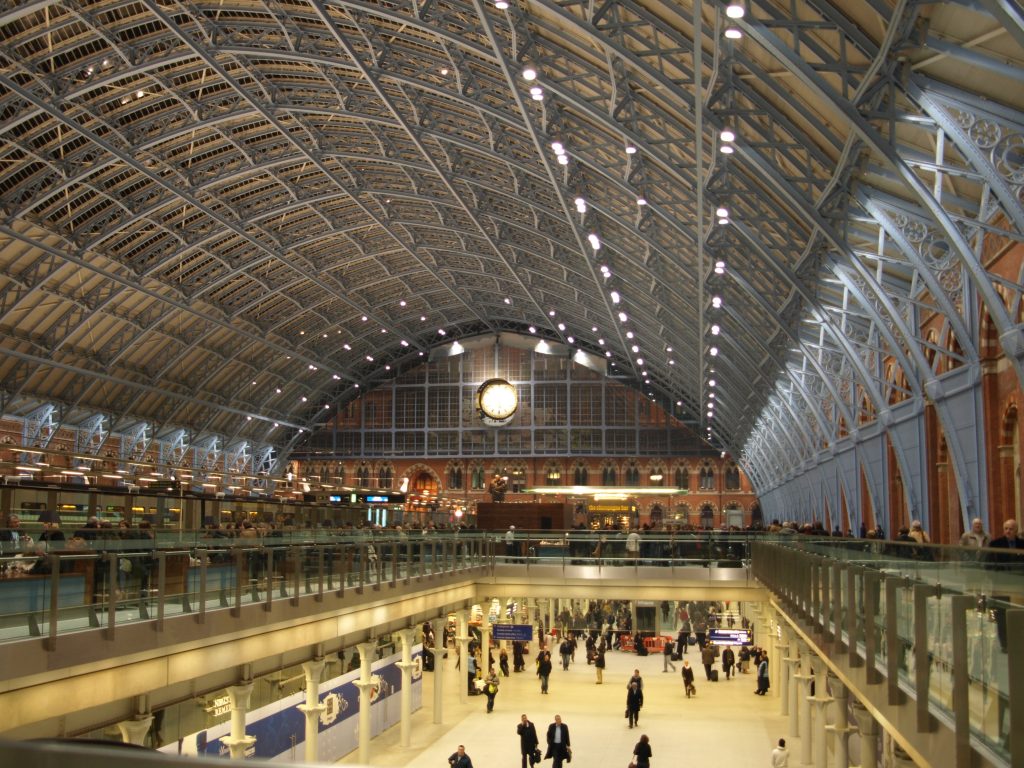
The recent upgrade to St Pancras involved widespread refurbishment, as well as civil and structural modifications to facilities across the station. One such modification was a 185-metre extension to create 13 new platforms for additional domestic and international services.
Wimbledon Centre Court

In 2006 the world’s most famous tennis court began a major overhaul. For the first time in its history, Centre Court at the All England Lawn Tennis and Croquet Club was to get a retractable roof that covers the whole court. But to do this it needed to undergo a five-storey redevelopment, which also increased its capacity to 15,000 spectators.
Lytag was used to create a specially formulated, water resistant concrete that anchored the additional seating and helped bring the world’s biggest tennis tournament into a new era.
More to come
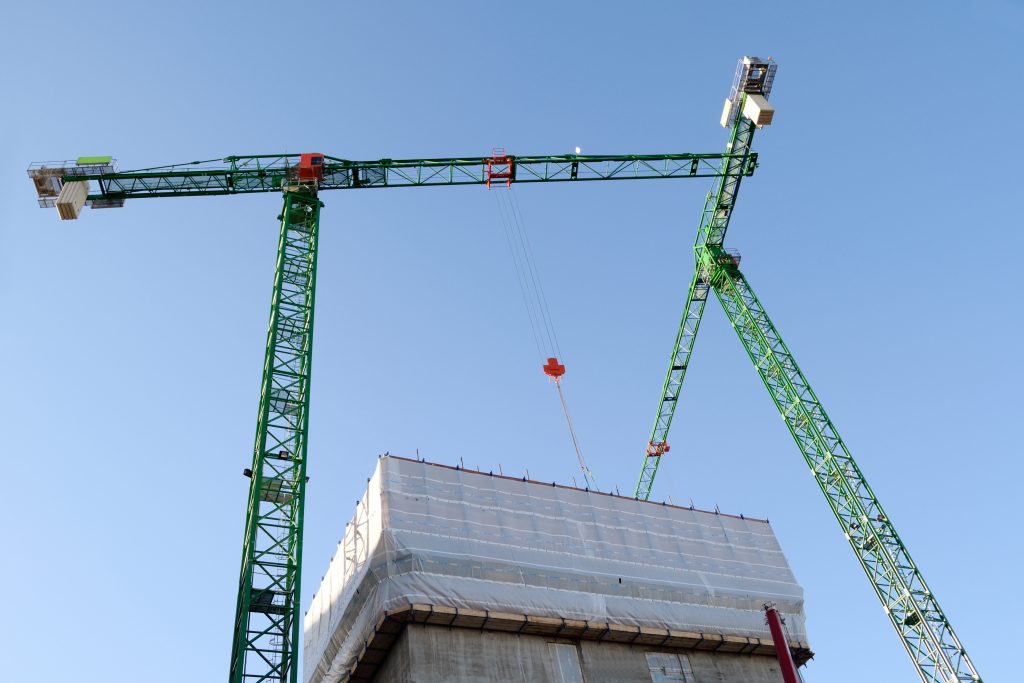
Although coal is fast becoming a smaller part of the UK’s electricity generation mix, Lytag remains a part of London construction. It’s currently being used in the One Bank Street development in Canary Wharf and the Pinnacle building in the City of London, which when finished will be the second tallest building in London – a noteworthy addition to the capital’s skyline.








